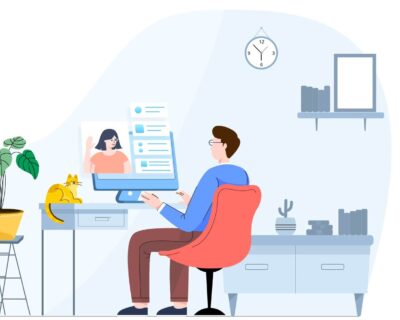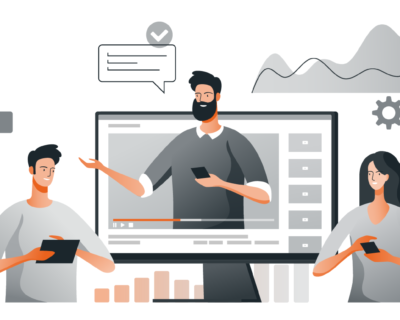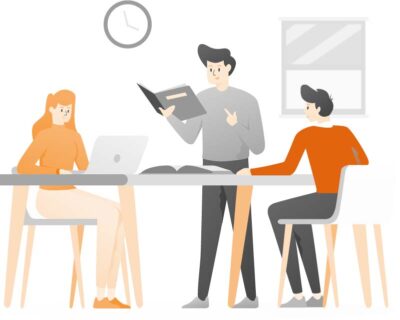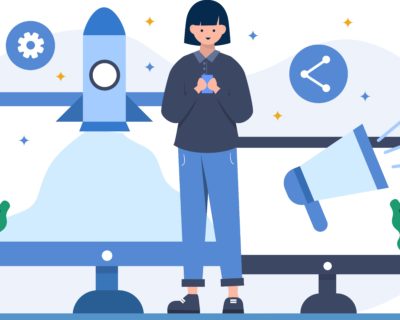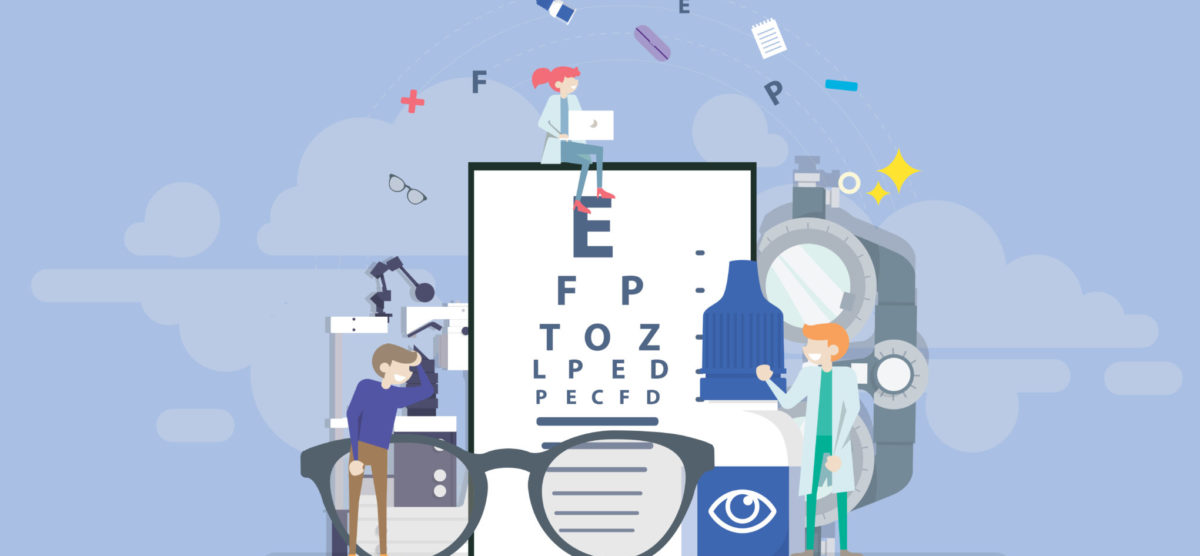
Paving the Way to Universal Design
The Utopian promise is that the days when the blind have to rely on sighted people to do their personal errands will soon be over—thanks to accessible mobile apps and services.
When we say accessible apps, we are talking about the same apps that the sighted use regularly. How “accessible” an app can be depends on tech companies building and designing software with both the sighted and persons with special needs in mind. Doing so is a great example of applying Universal Design.
In more advanced and equitable countries, the road to universal design for mobile apps has been paved. Locally, ATRIEV IT Center for the Blind, a non-profit organization established and led by blind people themselves, is ready to actively take part in bringing awareness to the Philippine tech industry about the requirement for accessibility-compliant software. PageJump collaborated with them to explore how technology enables the visually-impaired to do daily tasks like booking a ride, ordering takeouts, and shopping for groceries.
ATRIEV’s members, Jake Reynado, Beverly Bravo, Jaelene Mina, and Edrian delos Reyes, were as excited as we are at PageJump to produce Blind Tech Reviews. The concept was simple. Have them try the apps we use to make our lives easier, and find out if these can help them too. Because if apps like Grab, HonestBee, and FoodPanda do the work for the sighted, all the more so should it do the work for people who need it more, such as our blind friends.
Observing them using mobile apps with the help of Android’s TalkBack was an enlightening and fun-filled learning experience. We learned how a smartphone can empower them to do many things on their own. We witnessed how easy it was for them to explore the world at their fingertips. Most of all, we realized that, in advocating universal design, there’s still a lot of work to be done.
Here are some tips for designing apps with more accessibility from our ATRIEV trainers after testing Grab, HonestBee, and FoodPanda during our usability session.
Simpler is better
A barrage of features in one screen makes it difficult to focus on one task and move on to the next. This doesn’t apply only to the visually impaired, but also to everyone else. A simple design also removes possible distractions, like popup ads, that can derail the visually-impaired user from completing a task in the app. What’s important is that users can find information they need, and have a sense of where they are.
Meet expectations
Designing a fluid user experience for your app, from login until checkout, requires a process flow that’s expected and easy to way-find. Common tasks do not need to be reinvented. Returning users should also have a semblance of familiarity, whether they’re working from the start, completing a task, or picking up from where they left off.
Comply with accessibility guidelines
For the visually impaired who rely on screen readers for context, it is important that developers properly label buttons and other software elements. Without screen-readable metadata, apps will not be usable at all. Because of their special needs, some users may also take a longer time to complete the process—imagine how frustrating it will be if the app has unnecessary time-outs. Developers should review pain points based on analytics, and strive to make the experience better designed for everyone.
To know more about accessibility training provided by ATRIEV, visit ATRIEV IT Center for the Blind. Find out how usability testing for mobile apps and websites can be done via Stuff Users Do by PageJump.

